Introduction
Persimmons, known scientifically as Diospyros kaki, are a delightful fruit native to East Asia but now cultivated worldwide. Their vibrant orange hue, sweet and tangy flavor, and soft, juicy texture make them a favorite among fruit enthusiasts. However, enjoying a perfectly ripe persimmon can sometimes be challenging, especially if you’ve picked them before they’ve reached full ripeness. In this comprehensive guide, we’ll explore various methods to ripen persimmons effectively, ensuring you can savor their full potential.
Understanding Persimmon Ripening
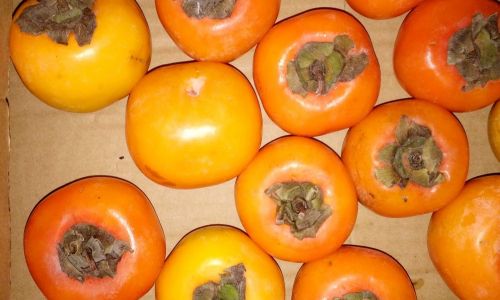
Before diving into the techniques, it’s crucial to understand the basics of persimmon ripening. There are two main types of persimmons: astringent and non-astringent. Astringent persimmons, such as the Hachiya variety, contain tannins that make them bitter and mouth-puckering when unripe. These tannins dissipate as the fruit ripens, transforming the fruit into a sweet delight. Non-astringent persimmons, like the Fuyu variety, are less affected by tannins and can be eaten while still firm, though they taste best when fully ripe.
Natural Ripening Methods
-
On the Counter
The simplest and most natural way to ripen persimmons is to leave them at room temperature on a kitchen counter. This method allows the fruit to gradually release ethylene gas, a natural ripening agent. Place the persimmons in a single layer on a paper towel or a clean surface to ensure they are not compressed, which could bruise the fruit. Check them daily, as the ripening process can vary depending on the initial maturity and room temperature.
-
In a Paper Bag
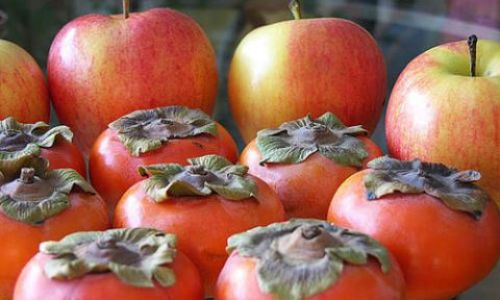
For a slightly accelerated ripening process, you can use a paper bag. Ethylene gas accumulates inside the bag, creating a ripening environment similar to that found in nature but concentrated. Place the persimmons in the bag, ensuring they are not overcrowded. Fold the top of the bag to close it but not seal it tightly to allow some air circulation. Check the fruit every couple of days, and remove any that have reached your desired ripeness to prevent over-ripening.
-
With Apples or Bananas
Apples and bananas are known for producing high levels of ethylene gas. Placing a few of these fruits in with your persimmons can significantly speed up the ripening process. Again, use a paper bag or a sealed container with ventilation holes to contain the ethylene. Monitor the fruit closely, as the combination of persimmons with high ethylene producers can lead to rapid ripening.
Artificial and Accelerated Methods
While natural methods are preferred for maintaining the best flavor and texture, sometimes circumstances require faster ripening. Here are some artificial and accelerated techniques:
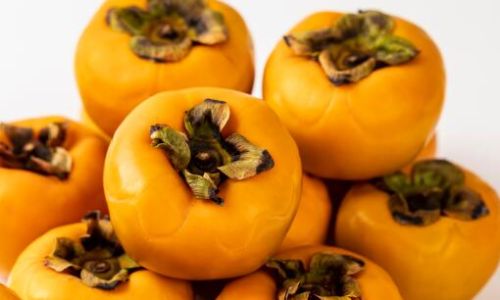
-
Rice Method
Burying persimmons in a bowl of uncooked rice is another effective way to ripen them quickly. The rice acts as a moisture-regulating medium and traps ethylene gas, creating an ideal environment for ripening. Ensure the fruit is completely submerged in the rice, checking daily for ripeness. Be cautious, as over-ripening can occur rapidly in this method.
-
Ethylene Gas Treatment
Commercial growers sometimes use controlled ethylene gas treatments to ripen fruits quickly and uniformly. While this method is not feasible for home use due to safety concerns and the need for specialized equipment, it’s worth mentioning to understand the industrial approach.
-
Fruit Ripeners
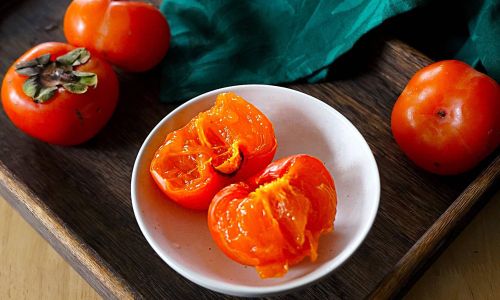
Commercial fruit ripeners, often containing a controlled release of ethylene gas, are available in some markets. These products can be used according to the manufacturer’s instructions to ripen persimmons. However, it’s essential to follow the guidelines carefully to avoid over-ripening or damaging the fruit.
Checking for Ripeness
Determining when a persimmon is ripe can be tricky, especially with astringent varieties. Here are some telltale signs:
- Color Change: Ripe persimmons develop a deep, vibrant orange hue. While color is not always a foolproof indicator, it’s a good starting point.
- Texture: Gently press the fruit with your thumb. A ripe persimmon should yield slightly to pressure without feeling mushy. Astringent varieties should be very soft, almost like a ripe avocado.
- Smell: Ripe persimmons emit a sweet, fruity aroma. If you detect a strong, unpleasant odor, it may indicate over-ripening or spoilage.
- Taste Test: If unsure, carefully slice a small section of the fruit and taste it. A ripe persimmon should be sweet and free of bitterness.
Storing Ripe Persimmons
Once your persimmons have reached the perfect ripeness, proper storage is crucial to maintain their quality. Ripe persimmons should be refrigerated in an airtight container or plastic wrap to slow down further ripening and prevent mold growth. They can be stored for up to a week in the refrigerator.
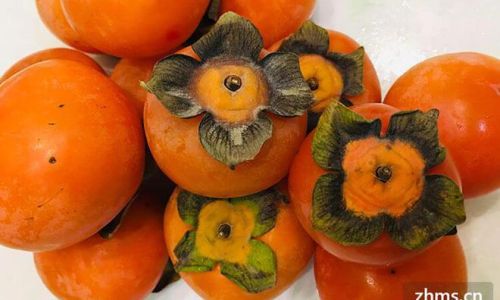
For long-term preservation, consider freezing or drying the fruit. Frozen persimmons can be used in smoothies, baking, or as a frozen treat. Dried persimmons, known as dried persimmon or hoshigaki in Japan, are a sweet and chewy snack enjoyed worldwide.
Conclusion
Ripening persimmons may require patience and attention, but the reward is well worth the effort. By understanding the natural ripening process and employing effective techniques, you can ensure your persimmons reach their optimal flavor and texture. Whether you prefer the slow, natural approach or need to speed up the process, there are methods to suit every situation. With these tips in hand, you’ll be able to enjoy ripe, delicious persimmons throughout the season, transforming your kitchen into a haven of sweet, autumn flavors.
Remember, the key to successful persimmon ripening lies in monitoring and adapting your methods based on the fruit’s initial maturity, the environmental conditions, and your personal preference for ripeness. Happy ripening, and enjoy your sweet, juicy persimmons!
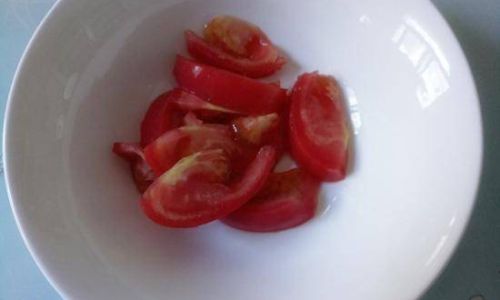

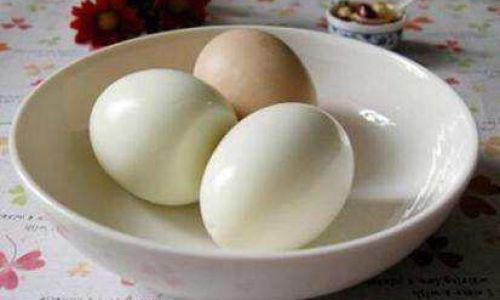


0 comments